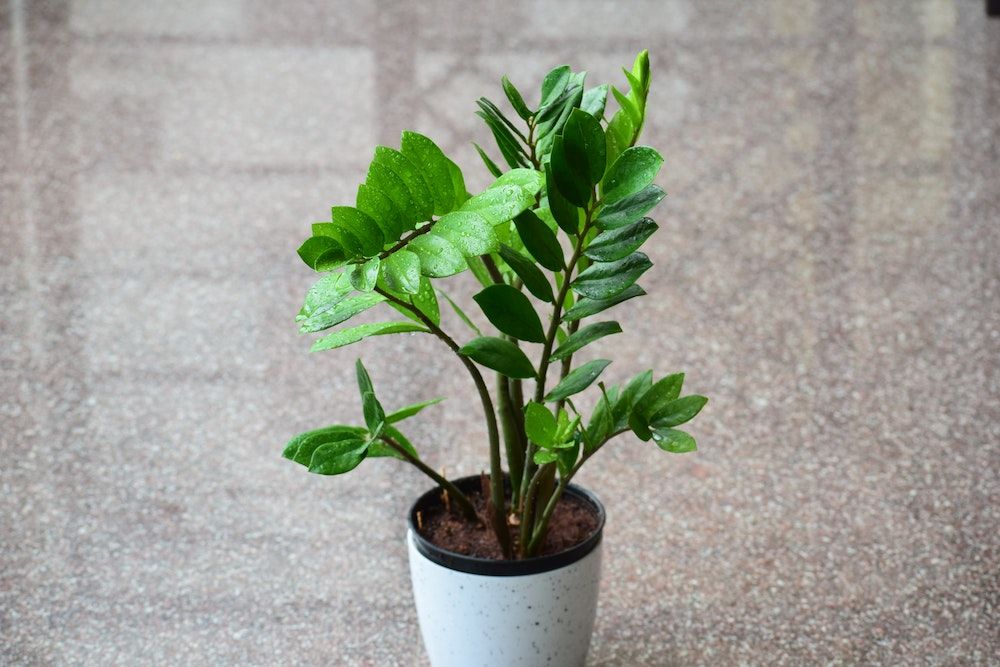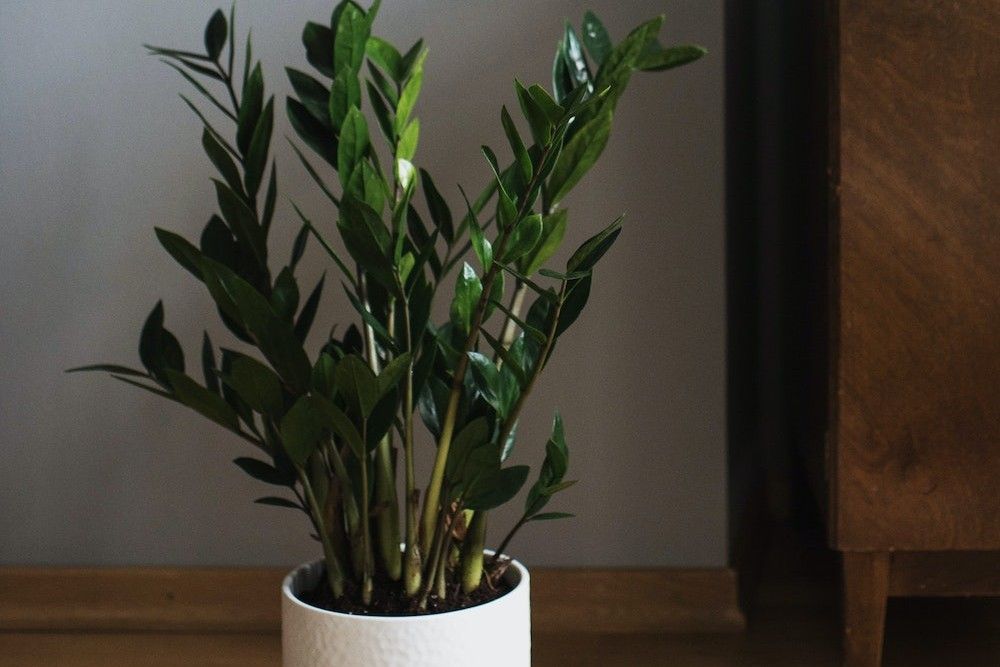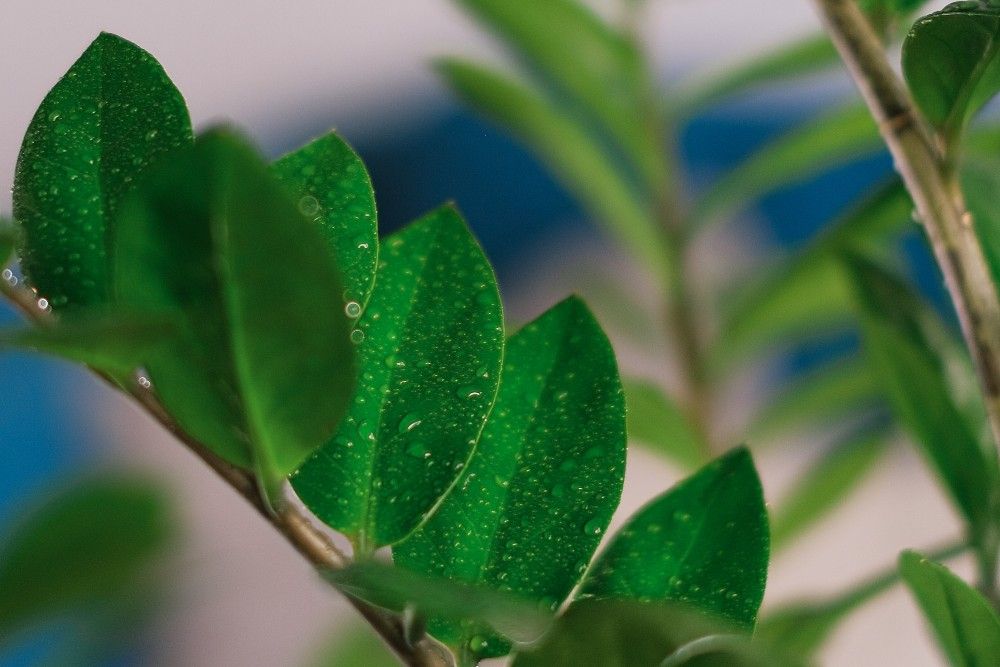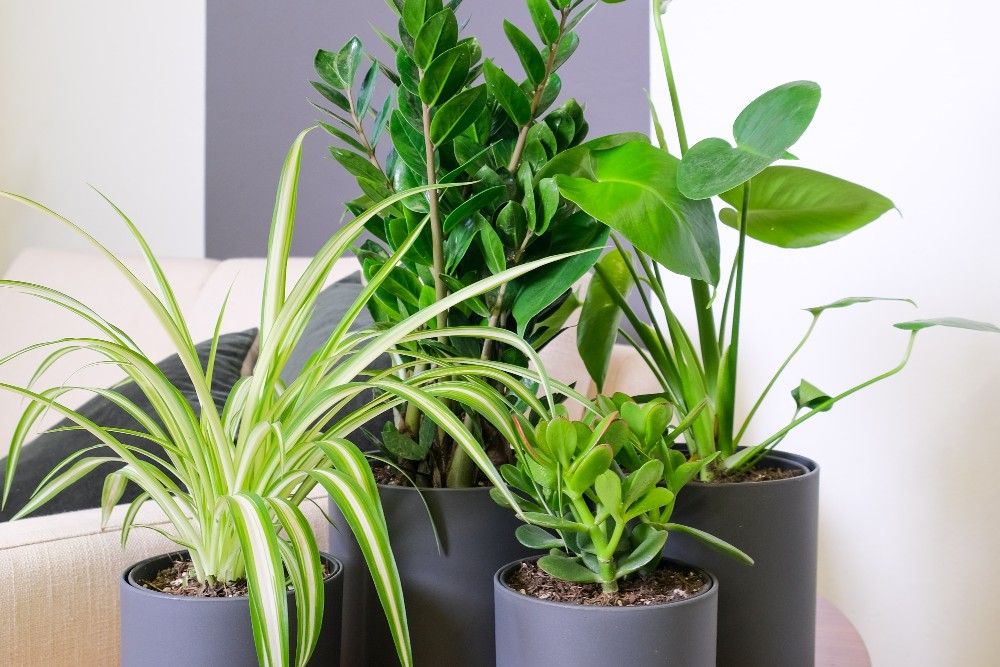Are you a forgetful plant owner? Then the ZZ plant is the ideal addition to your home garden. Tough to pronounce, the Zamioculcas zamiifolia or ZZ plant is robust, making it perfect for plant lovers who are unable to offer their green bed much attention. The houseplant appears very graceful, with wand-like stems that taper to a point. The stems have fleshy, oval-shaped, shiny leaves that give the “Zanzibar Gem” a distinct feathered appearance. It is hard to miss this plant when you see one!
ZZ Plants are native to East Africa and thrive despite no additional care. This aspect creates an excellent statement-making, maintenance-free houseplant for all garden lovers. However, it always helps to be armed with care tips, especially about providing the right amount of moisture! Read to learn about watering your ZZ plants and other useful care tips.
How Often To Water Your ZZ Plant?
Image credits: Lokesh Tiwari via Pexel
As stated above, ZZ plants originally hail from the Eastern region of Africa, which experiences long stretches of drought, occasionally broken by intense downpours. The plant has adapted to the climate by using its rhizomes, which resemble potatoes, to store water and nutrients for use during dry periods.
That's why you must mimic a semi-dry soil condition for your ZZ plant. Typically, it is best to water the plant every one in seven to 14 days in summer during their growing period. In winter, you can drastically cut back. However, always watch your plant's health and feel how dry the soil is before giving it moisture.
The ZZ plant does exceptionally well in low-light conditions. Direct sunlight will damage the plant’s foliage so, place the plant in a dry corner that receives dappled sunlight. A window or doorway covered with curtains works well.
Monitor Your Watering Schedule
Image credits: Ksenia Chernaya via pexels
Use a wooden stick or chopstick to confirm the roots are dry before you begin watering. It may be necessary to water if a wooden chopstick inserted into the soil comes out dry. Alternatively, you can try and lift the plant to gauge its weight -- wet soil will be much heavier then dry amendments.
Only water your ZZ plant when the soil is completely dry. The following are indications that your ZZ plant is in need of a drink:
- Dry, brown, or shriveled leaf tips,
- Individually falling leaves,
- Shriveled or wrinkly petioles (stems that grow off the rhizome) tips.
Signs Of Overwatering
Image credits: SHVETS production via pexels
The ZZ plant does not do well when overwatered. In fact, it tolerates longer dry periods and can develop issues when you overload it with moisture. When overwatered, the ZZ plant shows signs in different ways.
These include browning and mushy stems, coupled with falling and yellowing leaves. In extreme cases, the rhizomes (roots) of the plant begin to rot. Thus, you must be very cautious about how much water you are offering your plant.
Maintain ZZ Plants
Image credits: feey via unsplash
Here is a standard checklist to ensure the best health of your ZZ plant:
- Dust the leaves with a damp cloth or mist, then wipe the leaves. Residue on the leaves can inhibit photosynthesis.
- Periodically rotate the plant so all angles get proper sunlight.
- Watch out for yellowing, numerous leaves falling off, and mushy stems. These are signs of overwatering.
- Keep an eye out for brown, crispy leaf tips and a single leaf drop, as these are signs of overwater too. In the spring and summer, give your ZZ plant light feed fertilizers as well.
- Watch out for root diseases and pests -- if not taken care of they can be the end of your beloved plant.
- Water the plant with distilled water instead of tap water as it usually contains fluoride and chlorine, which can cause leaf browning.
- If your ZZ plant has grown too big for its current pot, you should repot it.
Water To The Resue
Given that they essentially take care of themselves, ZZ Plants make excellent additions to any collection of plants. Nevertheless, keeping your ZZs happy and healthy depends on knowing how to water properly and, more relevantly, when to water. Pay close attention to your ZZ plant and watch how it thrives. It won’t be long before it grows tall, with the shiny leaves becoming the focal point of your green space.
Share this article with your fellow gardening enthusiasts and comment below with more tips that you may know of to care well for ZZ plants.





